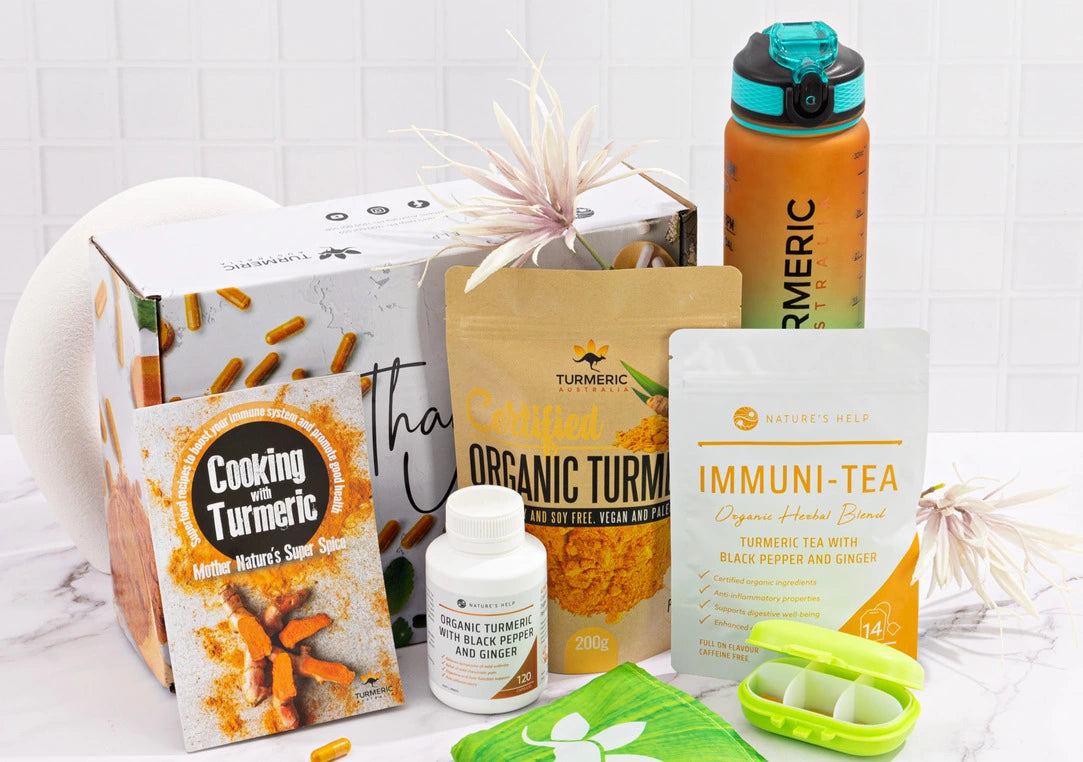‘DON’T STEP ON A BEE’ day
In this age of chaos on the news, with worthy causes such as child nutrition, endangered wildlife and litter on the planet, there is one other extremely serious issue. Bees. Called ‘Don’t Step on a Bee’ Day, the 10th of July is an awareness day to help protect our precious bees. Beekeepers, beekeeping clubs and honeybee enthusiasts recognise their contribution to humans’ everyday lives as a means of protecting this critical species.
The recent media surrounding the ‘Bee Crisis’ has been hard to ignore. Not only do our bees help provide the honey, propolis and beeswax contained within your favourite products, they also help to keep us all fed! Without their pollination work, over a third of everything we eat would disappear from our tables.

The most dramatic example comes from the apple and pear orchards of China, where wild bees have been eradicated by excessive pesticide use and a lack of natural habitat. Farmers have been forced to hand-pollinate their trees, carrying pots of pollen and paintbrushes with which to individually pollinate every flower, and using their children to climb up to the highest blossoms.

Although the original reasoning behind the day says that you shouldn’t stand on a bee so as not to get stung, many have re-interpreted the day as meaning that people shouldn’t willingly step on a bee and that there is an urgent need to protect and care for bees. Bee species are going extinct, with ever so many threatened.
Why do bees need protection? They face many obstacles. Aside from a fly swat, they are killed by insecticides, pollution, chemical exposure, temperature change and deforestation. Honeybees, in particular, are vulnerable to mites that carry disease and bumblebees have difficulty finding flowers and places to nest. With the recognition of the issue, there is a move towards planting flowers between vegetable crops to cultivate bee life.
An estimated ¼ of American bee colonies have vanished, so an initiative was adopted to export Australian bees to the U.S., with 25,000-50,000 flown across the Pacific, to pollinate about 90 different varieties of fruit and vegetables. But, sadly, the colony collapse afflicting the US bees also affected the Australian bees; widely thought to be an attack on the bee’s immune system. Glyphosate is the primary herbicide for weed control. Exposing bees to glyphosate alters the bee gut microbiota, thought to weaken the immune system.
Bumblebees and honeybees have bodies with fine hairs that the pollen sticks to and the pollen is transported to the hive on the back of the bee’s legs. When the nectar sacs are full the bee delivers it to one of the beehive indoor bees. The nectar is passed mouth-to-mouth, from bee to bee, until its moisture content is reduced. This changes the nectar into honey. The bee then places the honey into storage cells and cap it with beeswax. Isn’t nature a marvel?

So, on Don’t Step on a Bee Day, share online the best way to protect bees.
- Don’t step on a bee!
- Support your local beekeeper! The majority of honey is homegrown, about 30,000 tonnes annually, with imports highly regarded for Manuka honey from New Zealand, due to its high antibacterial properties; especially for wound healing. With many beekeepers on our doorstep, support your local beekeeper by visiting a near-by farm shop or deli.
- Don’t use insecticides such as Roundup. To kill weeds, choose an insect-friendly mix of 1.5L of vinegar, a cup of salt and a tablespoon of dish soap.
- Build a bee hotel! Did you know that bees need somewhere to rest when they venture out on their pollen mission? Get the kids involved and get building!
- Plant flowers in your garden to attract the bees, so they can feed on the nectar and pollen and balance the eco-system.

Spread the message and save those buzzy friends.
Bees and other insects have provided free pollination for our crops for millennia. They will continue to do so if we learn to recognise their importance and return the favour by providing them with what they need to survive. The health and wellbeing of our children depends upon us preserving a healthy environment and to do so requires we show some respect for the myriad of wild animals and plants with which we share the world.

